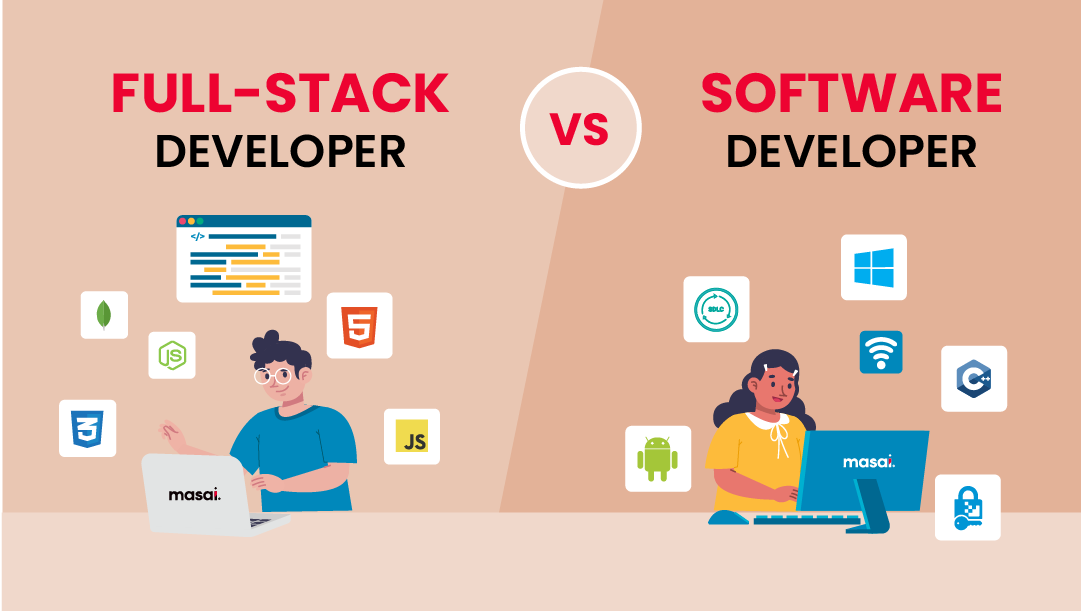Committed Developers vs. In-House Teams: Which Is Right for You?
The choice in between using committed designers and preserving an internal team is a significant one that can affect the trajectory of your projects and overall company method. On the other hand, in-house teams add to a cohesive firm society and a nuanced understanding of lasting goals.
Understanding Devoted Developers
The expanding need for specialized abilities in the tech sector has actually caused the introduction of dedicated developers as a feasible service for lots of organizations. These specialists are commonly gotten on a job basis, permitting firms to take advantage of certain knowledge without the lasting commitment related to full-time hires. Dedicated developers are usually embedded within a customer's team, giving adaptability and scalability to satisfy job needs.
This version allows companies to access a global talent pool, which is especially helpful in a swiftly evolving technological landscape. Devoted developers can be sourced from different geographical areas, making sure that companies can discover the ideal ability at competitive prices. They usually bring a wealth of experience and expertise, having serviced varied jobs throughout various industries.
Moreover, specialized designers can focus specifically on the jobs at hand, improving efficiency and effectiveness. They are geared up to integrate flawlessly right into existing workflows, teaming up carefully with in-house teams to accomplish task purposes. This method not only lowers the worry of recruitment and training but likewise permits organizations to remain active, adjusting rapidly to altering market demands and technical advancements.
Benefits of In-House Teams

Moreover, in-house groups tend to have a deeper understanding of the company's mission, worths, and goals. This alignment can improve employee involvement and inspiration, as employee really feel more attached to their work and the company's success. Additionally, having a specialized internal group permits far better positioning of goals and strategies, as these members are constantly focused on the company's priorities.
Internal groups also promote quicker decision-making processes, as they can respond a lot more rapidly to obstacles and adjustments. The recognized partnerships and familiarity with business procedures enable structured operations and lowered miscommunication. Inevitably, the mix of a natural culture, positioning with organizational goals, and effective communication makes internal teams a beneficial asset for many companies, specifically those wanting to grow long-lasting development and development.
Expense Considerations
When examining expense factors to consider, both dedicated developers and in-house groups existing distinctive financial ramifications for organizations. Involving dedicated programmers normally entails a pay-per-project or hourly rate version, which can be affordable for companies with rising and fall job demands. This technique allows for adaptability in scaling resources up or down, ensuring that firms only spend for the services they require.
On the other hand, internal groups require taken care of prices, consisting of incomes, benefits, and overhead expenses such as workplace and tools. While this design offers higher control and immediate accessibility of resources, it may result in greater long-lasting expenditures, especially if the work does not justify a permanent staff.
Additionally, companies ought to think about the hidden expenses related to employment and training of in-house employees, which can additionally stress spending plans. Sometimes, the time and sources invested on taking care of an internal team can detract from the organization's core business goals.

Project Monitoring and Versatility
Project monitoring and flexibility are crucial factors that affect the choice between in-house teams and specialized developers. Devoted groups usually have developed procedures for managing jobs properly, leveraging certain techniques like Agile or Scrum, which help with iterative progression and flexibility.

Inevitably, the selection between dedicated programmers and in-house groups pivots on the desired degree of versatility and the details job management needs. Companies have to assess their functional dynamics, task browse around this site complexity, and source availability to figure out which option lines up ideal with their tactical objectives.
Making the Right Option
Choosing the ideal growth strategy-- committed developers or in-house groups-- requires a careful assessment of various factors that align with a company's strategic objectives. Alternatively, internal groups can give better continuity and assimilation with existing employees.
Following, review your spending plan. Committed programmers his explanation usually offer a cost-effective solution for temporary tasks, while internal teams may sustain greater long-term expenses as a result of wages, benefits, and overhead prices. Examine the level of control and collaboration desired; internal teams generally promote more powerful communication and alignment with firm society.
In addition, think about the moment framework. If instant results are essential, specialized designers can be onboarded rapidly, whereas constructing an in-house group takes some time for recruitment and training. Weigh the lasting vision of your organization. If continual advancement is vital, spending in an internal team might generate far better returns gradually. Eventually, the decision rests on software development technologies an extensive analysis of these aspects, ensuring positioning with your firm's general purposes and operational requirements.
Verdict
In conclusion, the choice between dedicated programmers and in-house teams pivots on job needs and business objectives. Alternatively, in-house groups cultivate a cohesive society and much deeper alignment with long-lasting goals.
The choice in between using dedicated designers and maintaining an internal team is a considerable one that can affect the trajectory of your jobs and overall service strategy.Job management and versatility are critical aspects that affect the option in between dedicated designers and internal teams. hire dedicated developers.In contrast, in-house groups might stand out in preserving a regular project administration structure due to their familiarity with the organization's culture and lasting objectives. Dedicated developers commonly offer an economical remedy for short-term projects, while in-house teams may sustain greater lasting expenditures due to wages, benefits, and overhead costs.In conclusion, the decision between internal groups and committed programmers pivots on task requirements and organizational objectives